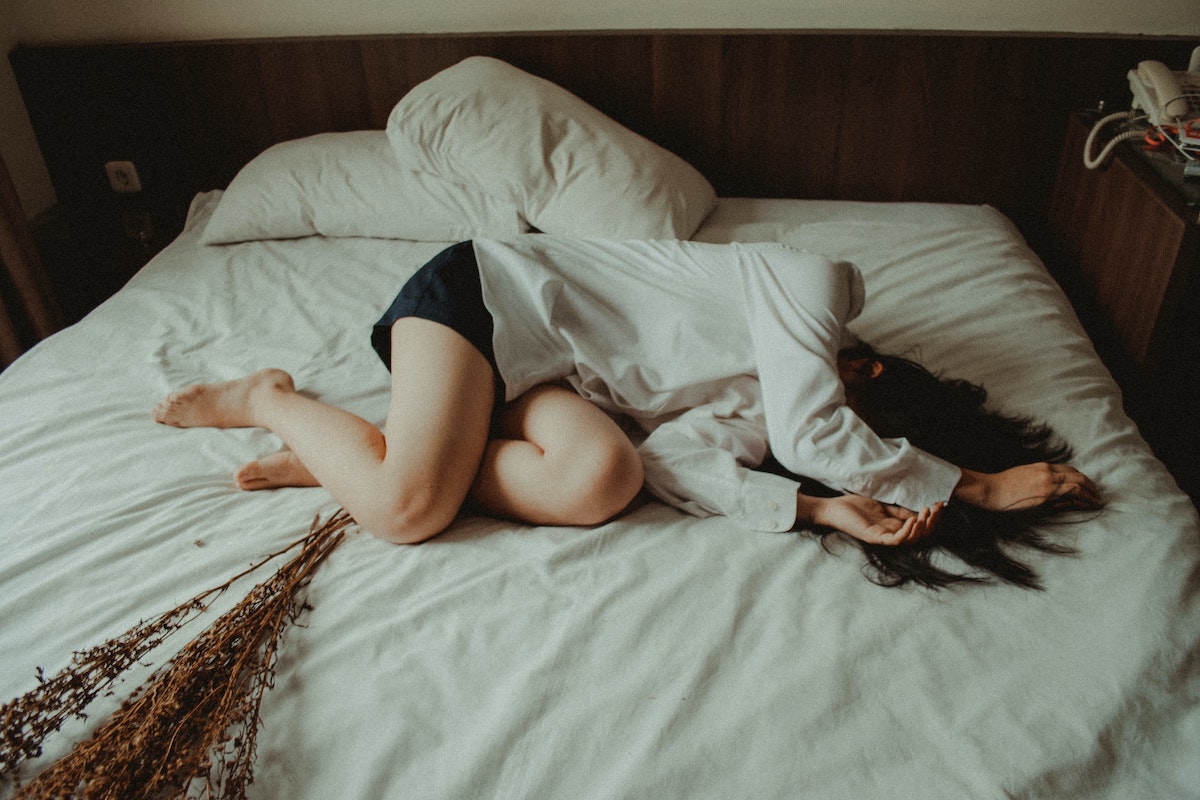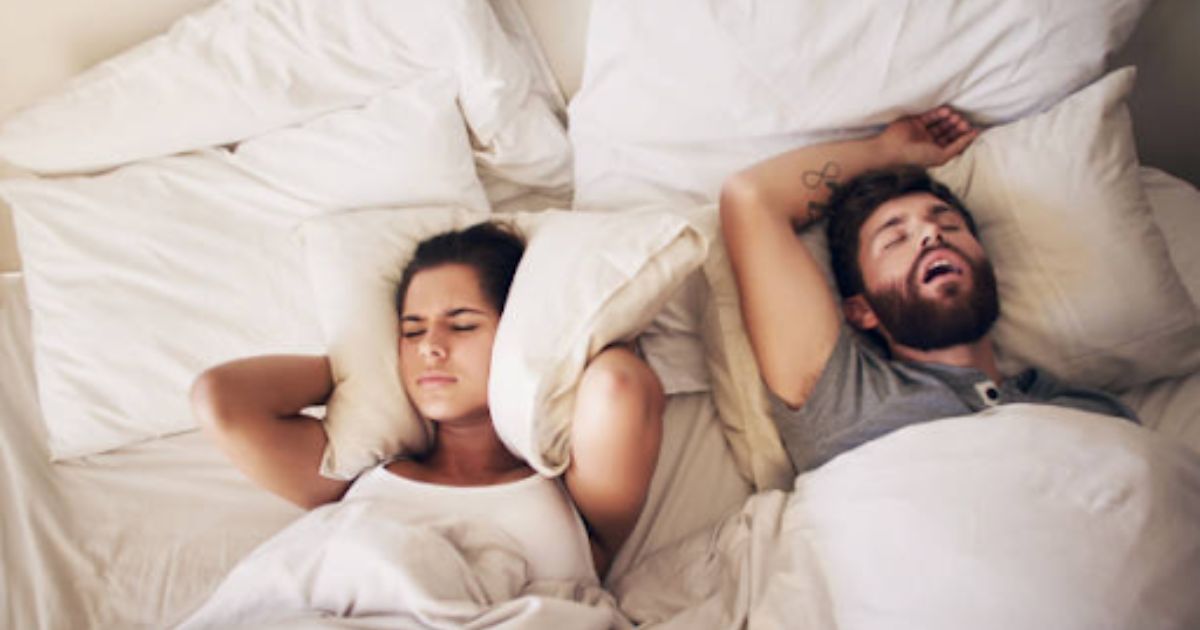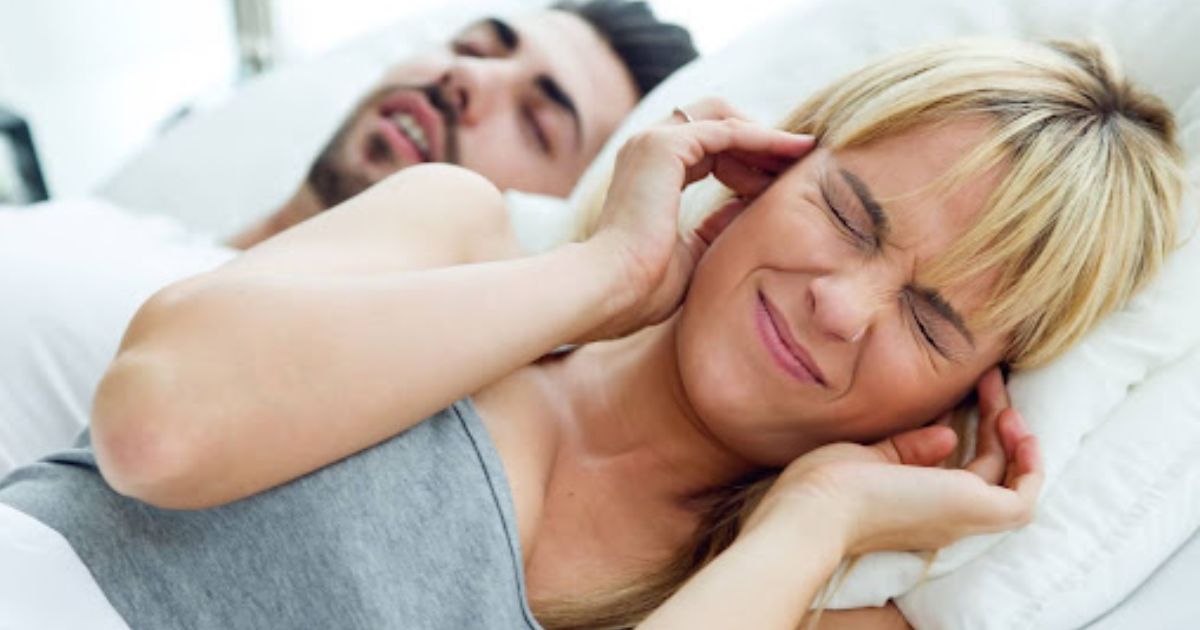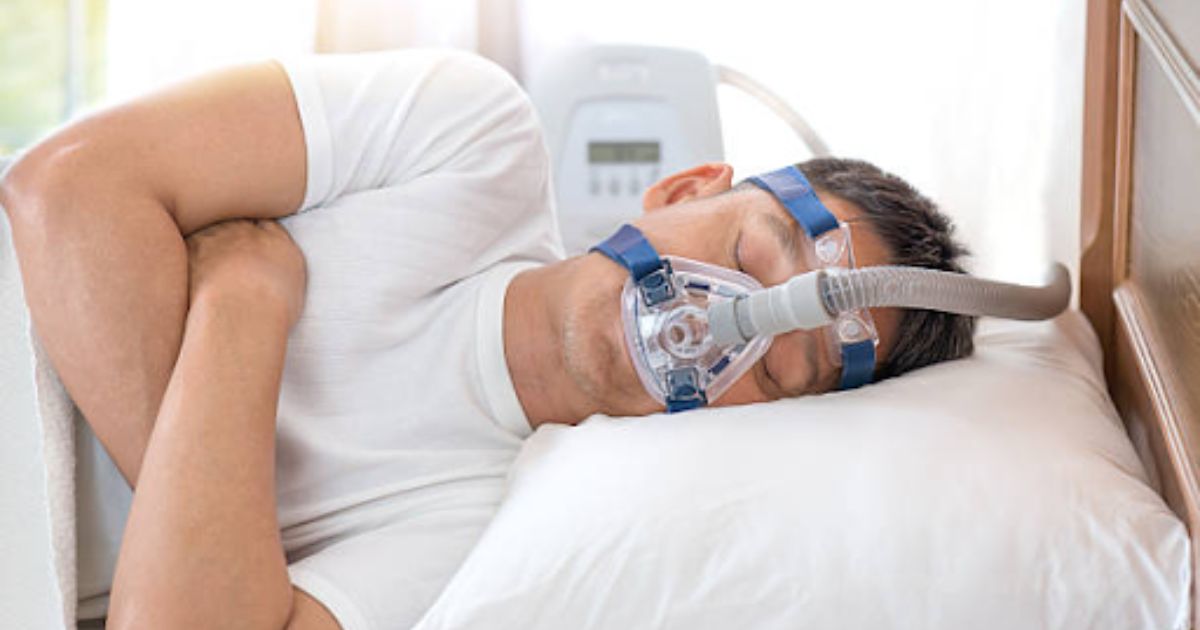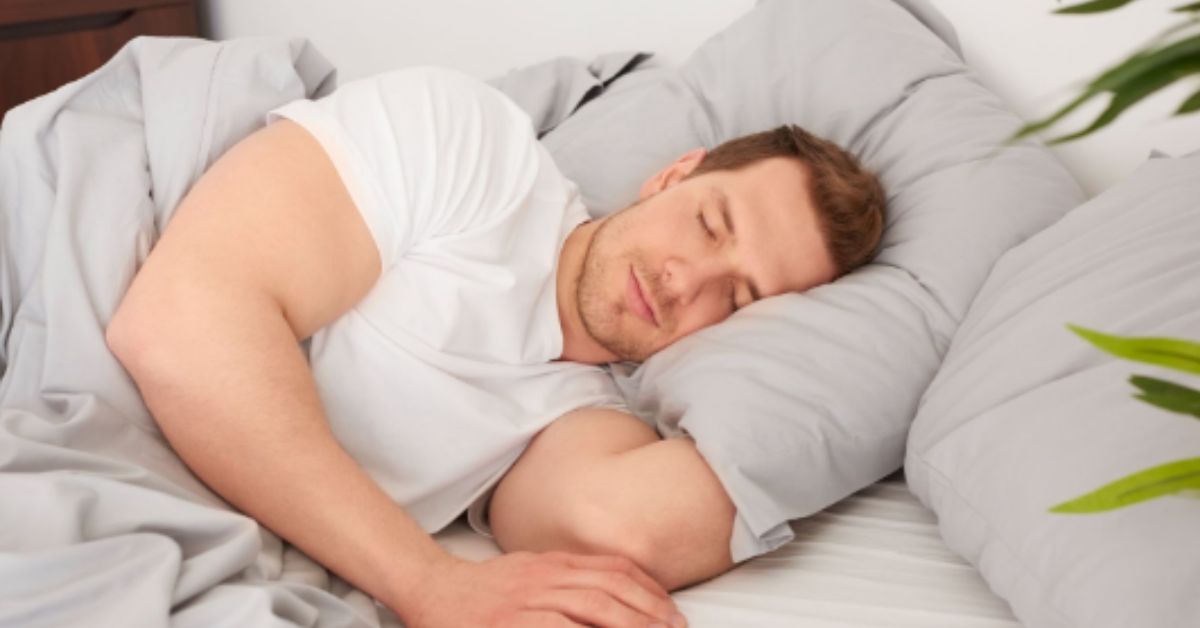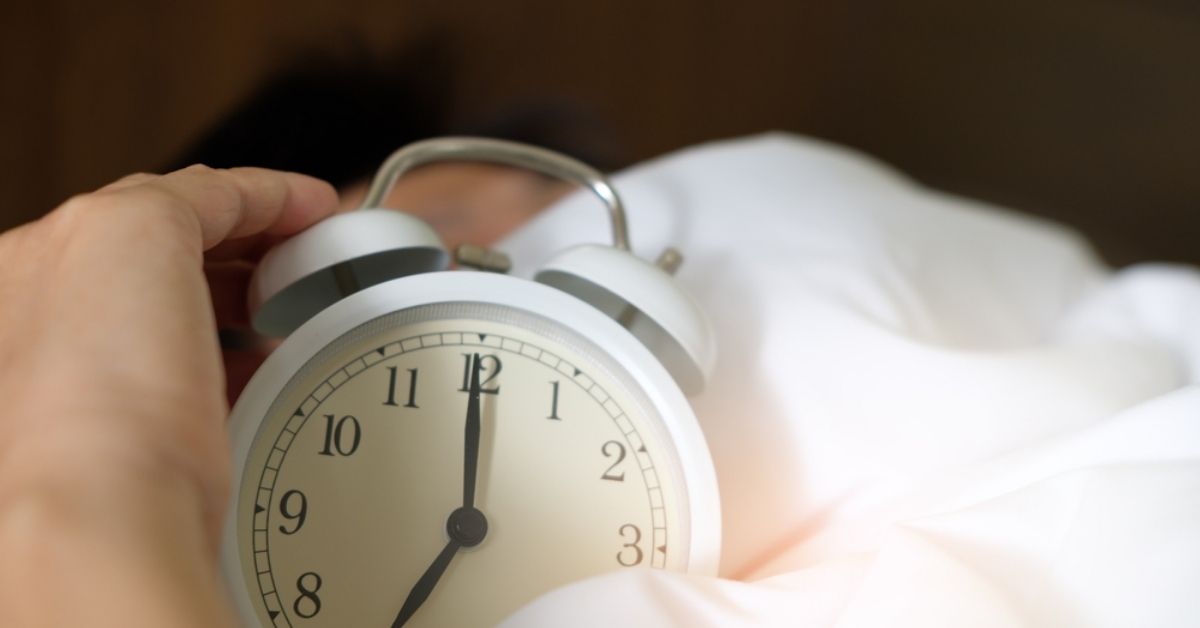Many people dream of drifting off to sleep as soon as they lay down, but it isn’t as straightforward as it seems. Beyond comfort and catching some zzz’s, your position can have a significant impact on sleep quality more than you think.
Different sleeping positions lead to various effects, especially for individuals struggling with symptoms of sleep apnea. If you want to improve your sleep, the list below explores some of the best sleep positions that would promote better health and sweeter dreams.
1. Back Sleeping
An estimate of 38 percent of people sleeps on their backs according to Nature and Science of Sleep, which is, unfortunately, the worst position for people with sleep apnea. This is because the position leaves you vulnerable to snoring and sleep apnea since the soft tissues in the throat tend to fall back.
It’s best to unlearn this habit by finding ways to force your body to sleep on its side. Some even go as far as taping an item to their backs to keep them from sleeping flat on the bed. It also promotes soreness in the lower back, which you can prevent by adding a pillow under your knees to support the natural curve of your spine.
While doing so will relieve your back pain, it can still be a nightmare for individuals with sleep apnea.
2. Stomach Sleeping
About 7 percent like to sleep on their stomachs, but the lower percentage doesn’t make it less pressing. The prone position drives the tongue and other soft tissues in your mouth forward and reduces the chances of snoring, but it can still compromise your breathing in other ways.
For one, sleeping on your stomach has a higher chance of blocking the nose or mouth, which will compromise your breathing. It can also put unnecessary strain on your shoulders and neck since the weight of your upper body can force the spine to overarch. This can limit your blood circulation and even reduce the size of your airway.
Fortunately, you can improve this by propping a pillow under your pelvis to relieve the pressure on your lower back. Propping only your forehead and keeping your neck straight can also create more room for you to breathe better in this position.
3. Sleeping on Your Side
Sleeping on your side is the healthiest position that offers various benefits – from reducing insomnia, alleviating GERD, promoting proper breathing, to decreasing sleep apnea symptoms. Sleeping either on your left or right side can provide better support for your spine and reduces most airway obstructions, leading to a higher quality of sleep.
The Bottom Line: How You Sleep Impacts Your Health in More Ways than One
People often fall asleep without giving much thought to their position, but the way you settle into bed has more to do with your health than meets the eye. It primarily impacts your breathing capabilities, which often affects people with sleep apnea. With that in mind, the guide above should show how different sleeping positions can influence your health.
Sleep Doctor in Jacksonville, FL
If you’re looking for a sleep apnea specialist or sleep doctor in Jacksonville, FL, to get quality sleep apnea treatment, we’re your best option – schedule your appointment today!

